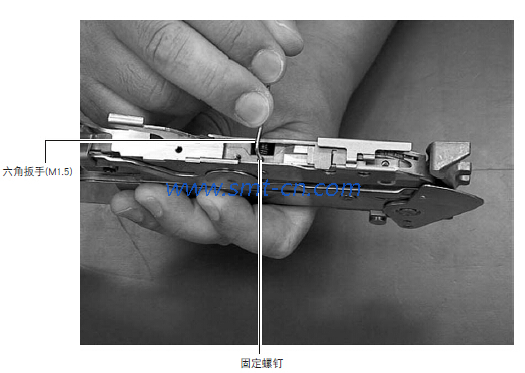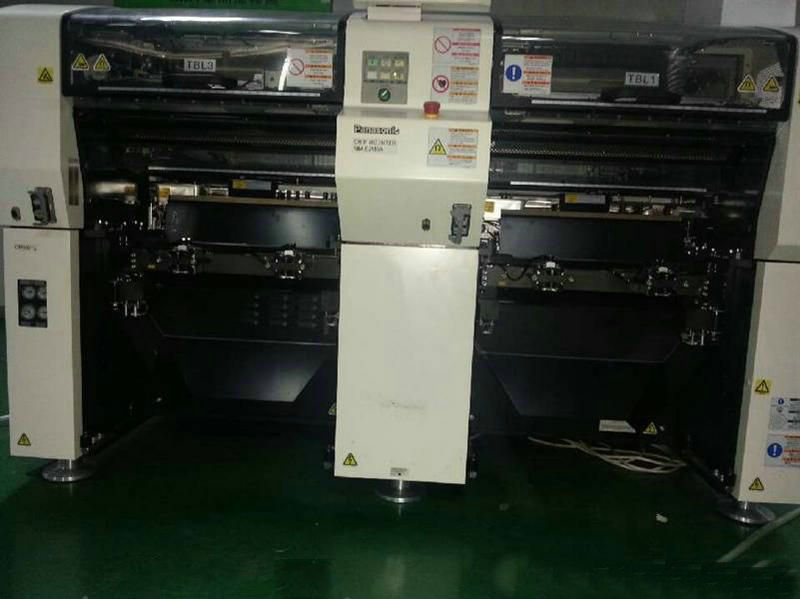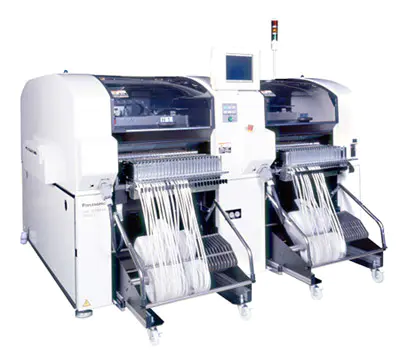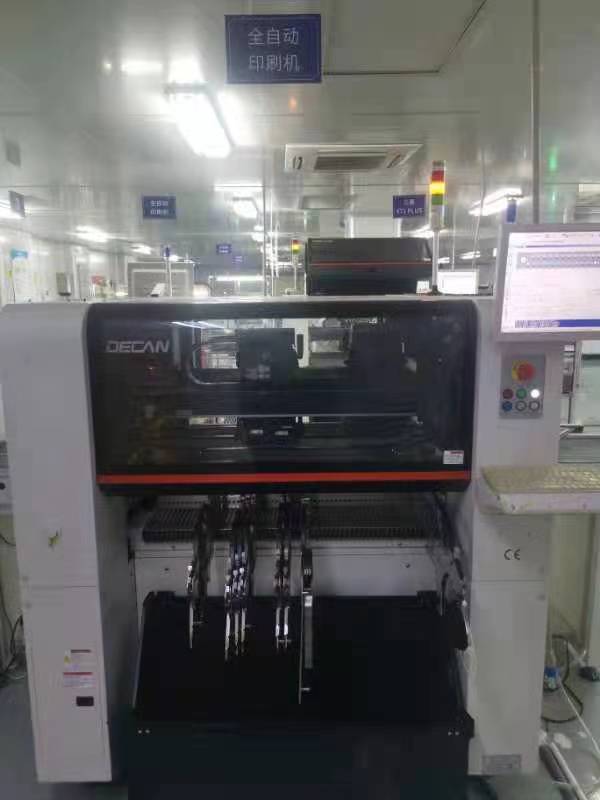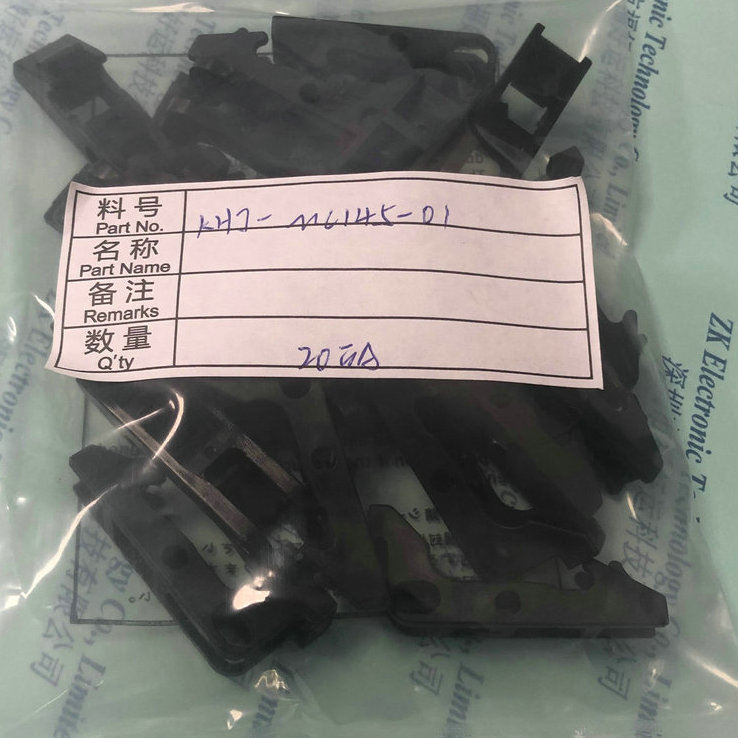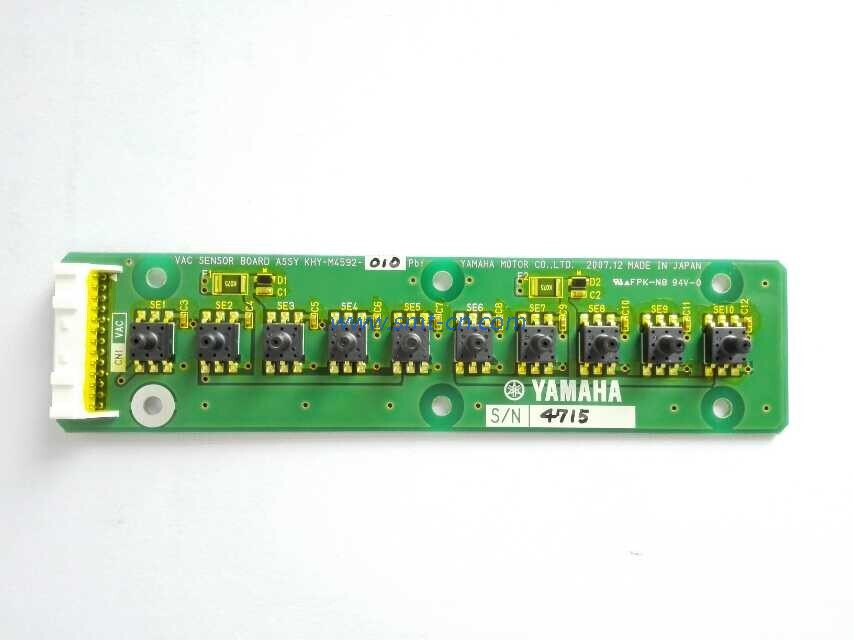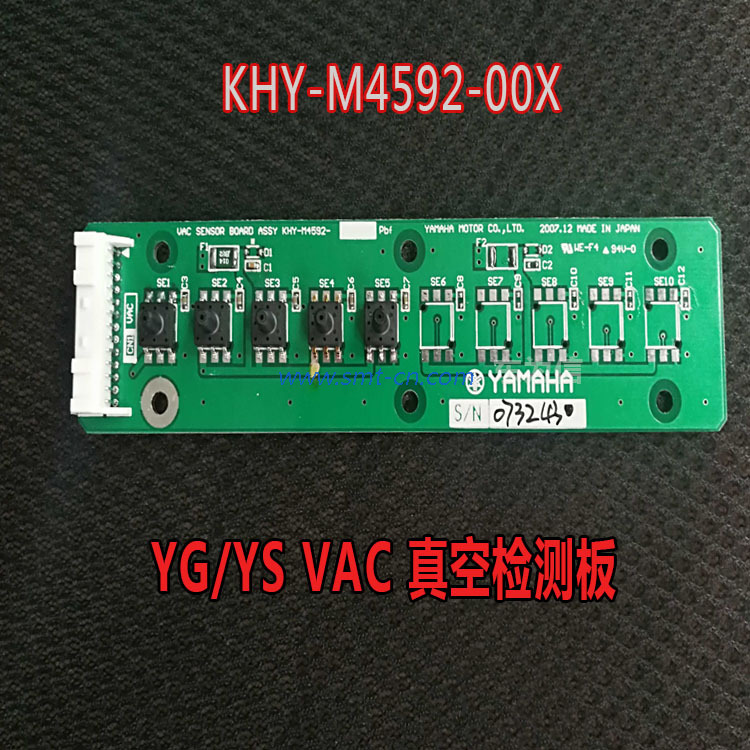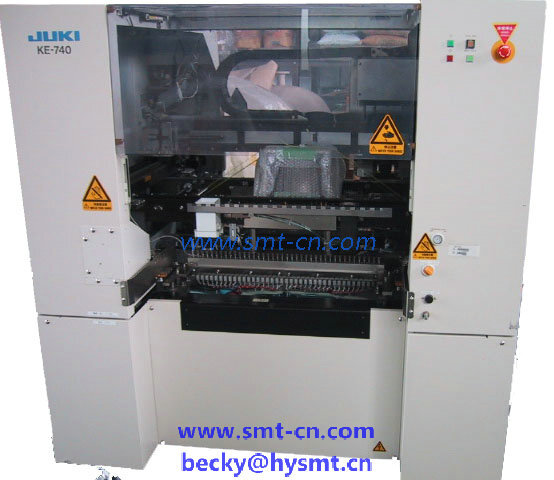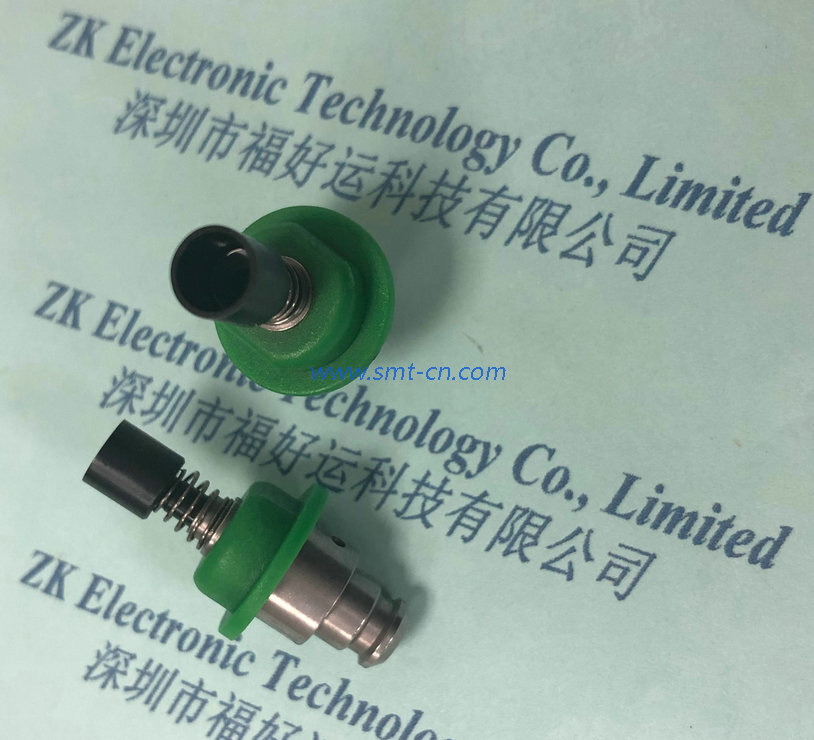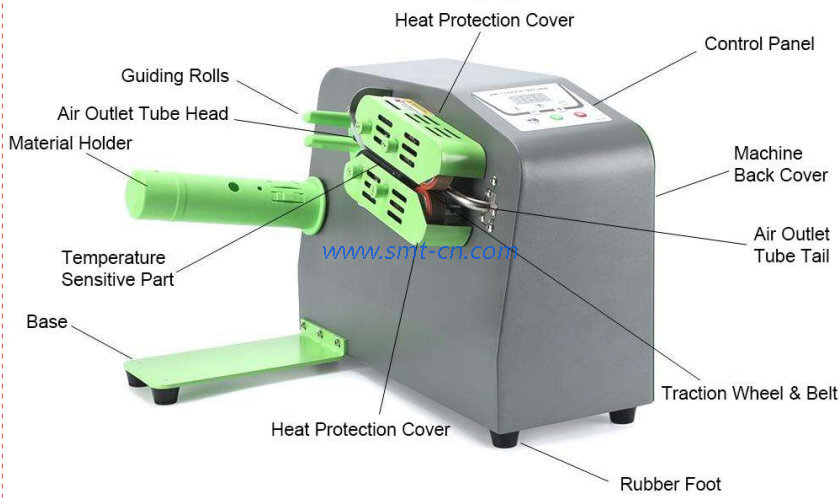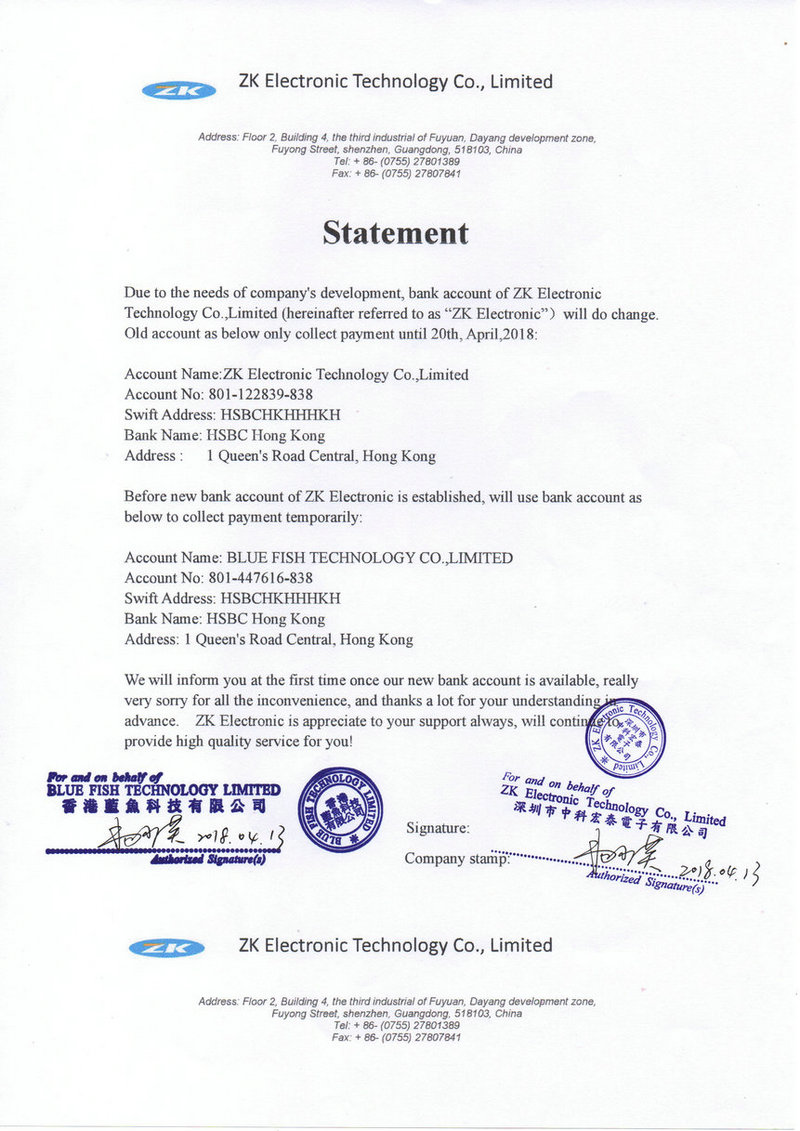NEWS
Lead-free soldering knowledge
- Categories:Industry News
- Author:Becky Su
- Origin:
- Time of issue:2023-07-29 10:44
- Views:
(Summary description)Lead-free soldering knowledge Nowadays, in electronic assembly technology, people's environmental awareness is getting stronger and stronger, from the environmental protection, legislation, market competition and product reliability and other aspects, lead-free is imperative. However, the current lead-free from theory to application are still immature, has not yet formed a relatively uniform normative standards. The challenge of lead-free process on components is first of all high temperature resistance. To consider the impact of high temperature on component packaging. As the traditional surface mount components of the packaging material as long as they can withstand high temperatures of 240 ℃ to meet the soldering temperature of the leaded solder, and lead-free soldering, for complex products welding temperature as high as 260 ℃, so the component package is able to withstand high temperatures is a problem that must be considered. In addition to consider the impact of high temperature on the internal connection of the device, IC's internal connection method has a gold ball welding, ultrasonic pressure welding, and flip-flop welding and other methods, especially BGA, CSP and the combination of composite components, modules and so on, new components, such as flip-flop BGA, CSP, the internal encapsulation of the chip bumps with the solder paste is Sn-3.5Ag welding, the melting point of 221 ℃, if such devices If such a device for lead-free soldering, then the device's internal solder joints and surface assembly of the solder joints almost at the same time and then melted, solidified once, which is very harmful to the reliability of the device. Therefore, the internal connection materials of lead-free components should also meet the requirements of lead-free soldering. The majority of leaded components are plated with Sn/Pb, while there are many types of plating on the surface of lead-free components. Which kind of plating * good, there is no conclusion, so there is still to be lead-free components to improve the standard. Lead-free process on the requirements of the flux, first of all, due to the chemical reaction between the flux and the alloy surface, so different alloy compositions to choose a different flux. Lead-free flux must be specially formulated. With the deepening of the lead-free process, the quality of lead-free solder paste has improved greatly due to the efforts of solder manufacturers. Current lead-free solder joints have improved in appearance from previous years. The issue of lead-free solder reliability is of great concern to both manufacturers and users. In particular, the current is in a special stage of transition from leaded to lead-free soldering, lead-free materials, printed boards, components and other aspects of the absence of standards, and even in the reliability of the test methods are not standardized, the reliability is very worrying. The current stage of lead-free process, especially in China is still in a relatively confusing stage. Due to the mixed use of leaded and lead-free, especially when the lead-free soldering end of the components using leaded solder and leaded process, serious reliability problems will occur, these problems are not only the current transition stage of lead-free soldering to pay attention to, but also for the transition stage of leaded soldering is also a problem to pay special attention to. Because lead is relatively soft and easily deformed, the hardness of lead-free solder joints is higher than that of Sn/Pb, the strength of lead-free solder joints is also higher than that of Sn/Pb, and the deformation of lead-free solder joints is smaller than that of Sn/Pb solder joints, but these do not equate to good reliability of lead-free. Due to the poor wettability of lead-free solder, so the hollow, displacement, monumental and other welding defects are more, in addition to the high melting point, if the activation temperature of the flux can not match the high melting point, due to the high temperature of the flux wetting area, a long time, it will make the soldering surface at high temperatures to re-oxidize and can not take place in the wetting and diffusion, and can not form a good interfacial alloy layer, and the result leads to the interface of the solder joints combined strength (tensile strength) Poor and reduce reliability. According to the U.S. Wei-Foundation, Agilent and other companies, such as reliability tests, such as thrust test, bending test, vibration test, drop test, after hot and humid, high and low temperature cycling and other reliability test results, by and large, there is a relatively similar conclusions: most of the civilian, communications and other fields, due to the use of the environment is not too much stress, lead-free solder joints mechanical strength is even higher than the leaded ones, but in the use of But in the use of high stress places, such as high and low temperatures, low air pressure and
Lead-free soldering knowledge
(Summary description)Lead-free soldering knowledge
Nowadays, in electronic assembly technology, people's environmental awareness is getting stronger and stronger, from the environmental protection, legislation, market competition and product reliability and other aspects, lead-free is imperative.
However, the current lead-free from theory to application are still immature, has not yet formed a relatively uniform normative standards.
The challenge of lead-free process on components is first of all high temperature resistance. To consider the impact of high temperature on component packaging. As the traditional surface mount components of the packaging material as long as they can withstand high temperatures of 240 ℃ to meet the soldering temperature of the leaded solder, and lead-free soldering, for complex products welding temperature as high as 260 ℃, so the component package is able to withstand high temperatures is a problem that must be considered.
In addition to consider the impact of high temperature on the internal connection of the device, IC's internal connection method has a gold ball welding, ultrasonic pressure welding, and flip-flop welding and other methods, especially BGA, CSP and the combination of composite components, modules and so on, new components, such as flip-flop BGA, CSP, the internal encapsulation of the chip bumps with the solder paste is Sn-3.5Ag welding, the melting point of 221 ℃, if such devices If such a device for lead-free soldering, then the device's internal solder joints and surface assembly of the solder joints almost at the same time and then melted, solidified once, which is very harmful to the reliability of the device. Therefore, the internal connection materials of lead-free components should also meet the requirements of lead-free soldering.
The majority of leaded components are plated with Sn/Pb, while there are many types of plating on the surface of lead-free components. Which kind of plating * good, there is no conclusion, so there is still to be lead-free components to improve the standard.
Lead-free process on the requirements of the flux, first of all, due to the chemical reaction between the flux and the alloy surface, so different alloy compositions to choose a different flux. Lead-free flux must be specially formulated. With the deepening of the lead-free process, the quality of lead-free solder paste has improved greatly due to the efforts of solder manufacturers. Current lead-free solder joints have improved in appearance from previous years.
The issue of lead-free solder reliability is of great concern to both manufacturers and users. In particular, the current is in a special stage of transition from leaded to lead-free soldering, lead-free materials, printed boards, components and other aspects of the absence of standards, and even in the reliability of the test methods are not standardized, the reliability is very worrying. The current stage of lead-free process, especially in China is still in a relatively confusing stage. Due to the mixed use of leaded and lead-free, especially when the lead-free soldering end of the components using leaded solder and leaded process, serious reliability problems will occur, these problems are not only the current transition stage of lead-free soldering to pay attention to, but also for the transition stage of leaded soldering is also a problem to pay special attention to.
Because lead is relatively soft and easily deformed, the hardness of lead-free solder joints is higher than that of Sn/Pb, the strength of lead-free solder joints is also higher than that of Sn/Pb, and the deformation of lead-free solder joints is smaller than that of Sn/Pb solder joints, but these do not equate to good reliability of lead-free. Due to the poor wettability of lead-free solder, so the hollow, displacement, monumental and other welding defects are more, in addition to the high melting point, if the activation temperature of the flux can not match the high melting point, due to the high temperature of the flux wetting area, a long time, it will make the soldering surface at high temperatures to re-oxidize and can not take place in the wetting and diffusion, and can not form a good interfacial alloy layer, and the result leads to the interface of the solder joints combined strength (tensile strength) Poor and reduce reliability.
According to the U.S. Wei-Foundation, Agilent and other companies, such as reliability tests, such as thrust test, bending test, vibration test, drop test, after hot and humid, high and low temperature cycling and other reliability test results, by and large, there is a relatively similar conclusions: most of the civilian, communications and other fields, due to the use of the environment is not too much stress, lead-free solder joints mechanical strength is even higher than the leaded ones, but in the use of But in the use of high stress places, such as high and low temperatures, low air pressure and
- Categories:Industry News
- Author:Becky Su
- Origin:
- Time of issue:2023-07-29 10:44
- Views:
Lead-free soldering knowledge
Nowadays, in electronic assembly technology, people's environmental awareness is getting stronger and stronger, from the environmental protection, legislation, market competition and product reliability and other aspects, lead-free is imperative.
However, the current lead-free from theory to application are still immature, has not yet formed a relatively uniform normative standards.
The challenge of lead-free process on components is first of all high temperature resistance. To consider the impact of high temperature on component packaging. As the traditional surface mount components of the packaging material as long as they can withstand high temperatures of 240 ℃ to meet the soldering temperature of the leaded solder, and lead-free soldering, for complex products welding temperature as high as 260 ℃, so the component package is able to withstand high temperatures is a problem that must be considered.
In addition to consider the impact of high temperature on the internal connection of the device, IC's internal connection method has a gold ball welding, ultrasonic pressure welding, and flip-flop welding and other methods, especially BGA, CSP and the combination of composite components, modules and so on, new components, such as flip-flop BGA, CSP, the internal encapsulation of the chip bumps with the solder paste is Sn-3.5Ag welding, the melting point of 221 ℃, if such devices If such a device for lead-free soldering, then the device's internal solder joints and surface assembly of the solder joints almost at the same time and then melted, solidified once, which is very harmful to the reliability of the device. Therefore, the internal connection materials of lead-free components should also meet the requirements of lead-free soldering.
The majority of leaded components are plated with Sn/Pb, while there are many types of plating on the surface of lead-free components. Which kind of plating * good, there is no conclusion, so there is still to be lead-free components to improve the standard.
Lead-free process on the requirements of the flux, first of all, due to the chemical reaction between the flux and the alloy surface, so different alloy compositions to choose a different flux. Lead-free flux must be specially formulated. With the deepening of the lead-free process, the quality of lead-free solder paste has improved greatly due to the efforts of solder manufacturers. Current lead-free solder joints have improved in appearance from previous years.
The issue of lead-free solder reliability is of great concern to both manufacturers and users. In particular, the current is in a special stage of transition from leaded to lead-free soldering, lead-free materials, printed boards, components and other aspects of the absence of standards, and even in the reliability of the test methods are not standardized, the reliability is very worrying. The current stage of lead-free process, especially in China is still in a relatively confusing stage. Due to the mixed use of leaded and lead-free, especially when the lead-free soldering end of the components using leaded solder and leaded process, serious reliability problems will occur, these problems are not only the current transition stage of lead-free soldering to pay attention to, but also for the transition stage of leaded soldering is also a problem to pay special attention to.
Because lead is relatively soft and easily deformed, the hardness of lead-free solder joints is higher than that of Sn/Pb, the strength of lead-free solder joints is also higher than that of Sn/Pb, and the deformation of lead-free solder joints is smaller than that of Sn/Pb solder joints, but these do not equate to good reliability of lead-free. Due to the poor wettability of lead-free solder, so the hollow, displacement, monumental and other welding defects are more, in addition to the high melting point, if the activation temperature of the flux can not match the high melting point, due to the high temperature of the flux wetting area, a long time, it will make the soldering surface at high temperatures to re-oxidize and can not take place in the wetting and diffusion, and can not form a good interfacial alloy layer, and the result leads to the interface of the solder joints combined strength (tensile strength) Poor and reduce reliability.
According to the U.S. Wei-Foundation, Agilent and other companies, such as reliability tests, such as thrust test, bending test, vibration test, drop test, after hot and humid, high and low temperature cycling and other reliability test results, by and large, there is a relatively similar conclusions: most of the civilian, communications and other fields, due to the use of the environment is not too much stress, lead-free solder joints mechanical strength is even higher than the leaded ones, but in the use of But in the use of high stress places, such as high and low temperatures, low air pressure and other harsh environments, due to lead-free creep, so lead-free than leaded reliability is much worse.
Currently in the lead-free and leaded soldering transition period, most of the lead-free process is a mix of lead-free solder and leaded components. In "lead-free" solder joints, the lead content may come from the component's solder ends, pins or BGA balls.
Leaded solder mixed with lead-free solder end, leaded solder first melted, and lead-free solder end (ball) can not be completely melted, so that the component side of the interface can not generate intermetallic alloy layer, BGA, CSP side of the original structure is destroyed and cause failure, so leaded solder mixed with lead-free solder end of the quality of the * poor. BGA, CSP lead-free soldering ball can not be used for leaded technology.
High temperatures have a detrimental effect on components. Ceramic resistors and special capacitors are very sensitive to the slope of the temperature curve (the rate of change of temperature), due to the ceramic body and PCB thermal expansion coefficient CTE difference is large, in the solder joints cooled easily caused by the component body and the solder joints cracked, the component cracking phenomenon and the difference in the CTE, the temperature, the size of the component size is proportional to the size of the component. 0201, 0402, 0603 small components are generally very little cracked, while the 1206 Above the large components have more chances of cracking failure.
Aluminum electrolytic capacitors are extremely sensitive to temperature. Connectors and other plastic packaging components (such as QFP, PBGA) at high temperatures when the failure of a significant increase. Roughly speaking, for every 10°C increase in temperature, the reliability of moisture sensitive components (MSL) drops by 1 level. The solution is to minimize the peak temperature, moisture-sensitive components to dehumidify the baking process.
Lead-free solder rework is quite difficult, the main reason is the lead-free solder alloy wettability is poor, high temperature, process window is small.
Lead-free rework should pay attention to: select the appropriate rework equipment and tools, the correct use of rework equipment and tools, the correct choice of solder paste, flux, solder wire and other materials, the correct setting of welding parameters.
Related News
CONTACT US
Hotline:(0086)755-27801389
Mobile: (0086)15323874439
Sale No.1: becky@hysmt.cn
Sale No.2: fhysmt@hysmt.cn
Sale No.3: zksale@hysmt.cn
Sale No.4: sale@hysmt.cn
Sale No.5: elsey@hysmt.cn
GIVE ME A MESSAGE
Copyright: ZK Electronic Technology Co., Ltd 粤ICP备11054297号 Powered by www.300.cn



